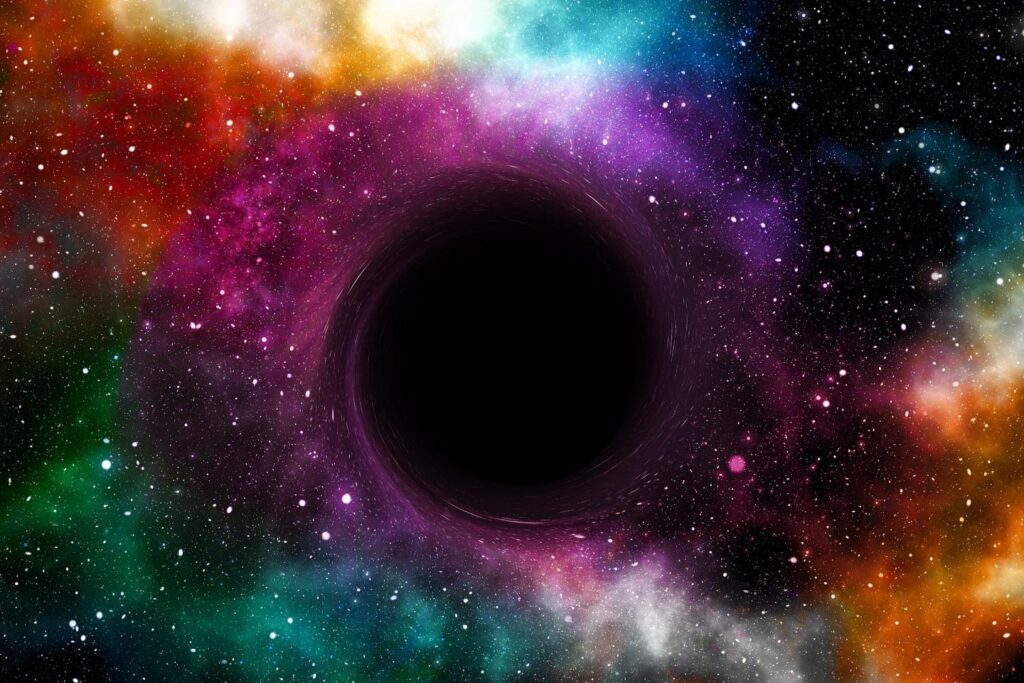Cognitive Aging: Work helps our brain
A new paper by SISSA and University of Padua on a large sample of the Italian population shows that occupation influences the course of cognitive decline

Trieste, 9 Dec 2021 – A recent study shows that work plays an active role in keeping our brains healthy. “We have demonstrated the role of working activity on cognitive performance”. Professor Raffaella Rumiati says. She is cognitive neuroscientist at SISSA and author of the paper Protective factor for Subjective Cognitive Decline Individuals: Trajectories and change in a longitudinal study with Italian seniors, recently published in the European Journal of Neurology. DOI: https://doi.org/10.1111/ene.15183
“Many studies have been focused on the factors influencing our brain aging and differences in cognitive decline have been often observed in association with education or other related to quality of life. From our analysis it emerges that the type of work activity also contributes to the differences in normal and pathological cognitive aging”.
The analysis: resistant and declining brains
The research, carried out by a team of scientists from the University of Padua (Dip. FISPPA), SISSA – Scuola Internazionale di Studi Superiori Avanzati and IRCSS San Camillo Hospital in Venice, quantified the relative contribution of demographic factors (age and sex), comorbidity, education and occupation to the so-called cognitive reserve, that is brain’s resistance to a damage caused by illness or aging. Participants were assessed with a series of neuropsychological tests and subsequently divided into three types of profiles based on the results: subjects at risk of cognitive decline, subjects with mild decline and subjects with severe decline.
The tests were repeated twice a few years apart. Depending on whether they maintained or worsened their profile based on their initial performance, participants were classified as “resistant” or “declining”.
Education and occupation to stay young
The analysis surprisingly shows that occupation is a good predictor of participants’ performance in addition to age and education, two factors that have been already studied.
Professor Sara Mondini of the University of Padua says:
“We confirmed that education protect people from the risk of cognitive decline and that these individuals had held more complex occupations than the individuals of the other two groups, the subjects with mild and advanced cognitive decline. Furthermore, the study showed how “resistant” group has on average higher levels of education and more complex jobs than the “declining” group.”
The results demonstrate benefits of cognitive mobilization promoted by lifelong learning and that social connection, ongoing sense of purpose and ability to function independently largely affect cognitive health and general well-being along the trajectories of aging.
Press release from the University of Padua and SISSA – Scuola Internazionale Superiore di Studi Avanzati.






